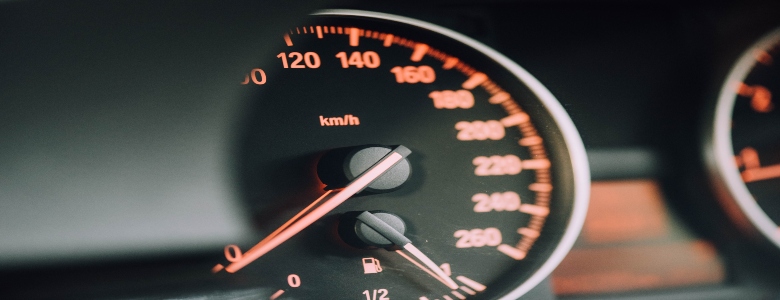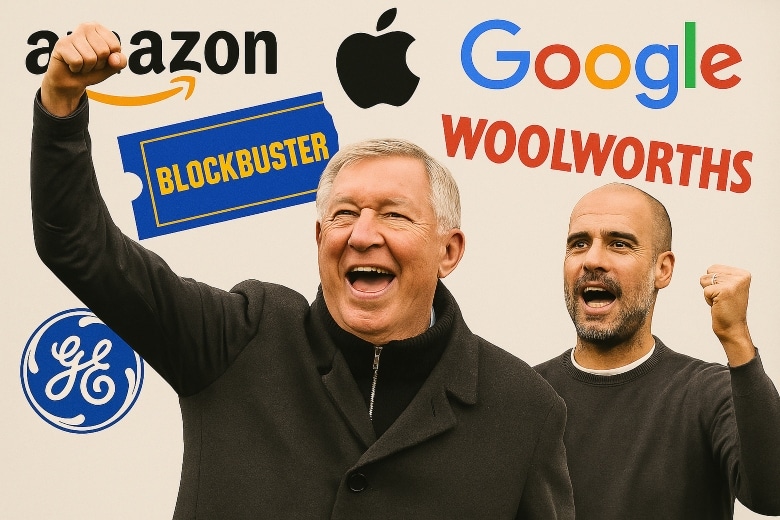
Having come to the end of a lease agreement, my wife and I have recently been in the market for a new car. We spent a lot of time deliberating about how to finance it; whether we should buy a used car or enter into another contract hire agreement. This post explains our thinking and how we arrived at our decision. It is not intended to be advice, rather give you some ideas if you are deliberating over a similar decision.
Decisions, Decisions, Decisions
On the one hand, we didn’t want to purchase an asset that loses value over time and reduce our cash balance but on the other hand, much like renting a house, we didn’t want to pay money each month on a vehicle we didn’t ultimately own.
The benefit of the lease agreement, as we saw it, was having a new car that would be reliable, have new technology (nice to have but not essential), a warranty and no MOT requirements for 3 years. We would also have the opportunity to have the cash we would not be using to buy the car to work harder for us, i.e, rather than going to an asset that depreciates in value over time, it could be saved or invested.
The benefit of owning the car is having an asset and being able to reduce our monthly outgoings (albeit having paid a lump sum at outset).
The original contract was a straightforward lease rather than on a PCP basis. In other words, as we understood it, under the terms of the contract, we would give the car back at the end of the 42-month term rather than having the option to buy it. However, it transpired that despite the contract terms the finance company did provide the option to buy the car; much to the dismay of the salesman in the dealership. After all, what’s the point of a more expensive PCP deal when you can lease a car for less and still buy it?
We ummed and ahhed over the decision for some time before deciding it was more appropriate for us to purchase the vehicle because:
- according to our research, we were getting a good deal compared to similar vehicles on the market.
- although our money could be working harder for us by being saved or invested we would have to facilitate the payment of the monthly lease costs that would, over the life of the contract, be more than the purchase price of the vehicle. So, in reality, whilst the cash would be available, we wouldn’t benefit by that much.
- Despite the fact that we are buying a depreciating asset, unless we write the car off, we will be able to get some value for it when we sell it. The real cost, therefore, would be the purchase price less the future selling price and any maintenance costs incurred throughout the ownership. The longer we own it the lower the future sale price will be but we’ve also had the use of the car for that time (what economists term ‘utility’).
- We concluded that whilst it is nice to have a new car with new technology it wasn’t that important to us. With a young family, we don’t want to have a car that is repeatedly broken down on the roadside but with a 3&1/2-year-old car with only 30,000 miles on the clock that is not likely to be a problem.
Funding The Purchase
Our next decision was how to fund the purchase. Do we buy it outright with cash, get a loan or put it on a credit card with a 0% interest-free period.
We immediately ruled out the loan option; having the cash available to us there is no point in paying interest on a loan unless we could be confident we could get a higher return on our cash than the cost of the interest (which we couldn’t).
The interest-free credit card option was appealing: there are currently cards available offering 26 months interest-free credit so we could put the cash into a 2-year savings account and receive around 2.4% interest. We would have to pay off the minimum balance each month but as long as this was less than what we had previously been paying in lease-hire costs our monthly outgoings would lower. We would also need to make sure we kept a note of the date which the interest-free period ran out so that we don’t end up paying 18% in interest on the outstanding balance.
So, that was the plan: purchase the car using a 0% interest-free credit card, pay off the minimum interest each month and put the equivalent cash in a 2 year fixed rate savings account so that we make a bit of profit on the cash.
It was a good plan except the car finance company wouldn’t accept credit card payments so we have ended up paying for it from savings. Not the perfect outcome but we feel our decision to buy the car second hand rather than enter into another lease agreement feels like the sensible one for us.
You might find that a different approach works for you but hopefully, this explanation helps your decision making.
Photo by chuttersnap on Unsplash





